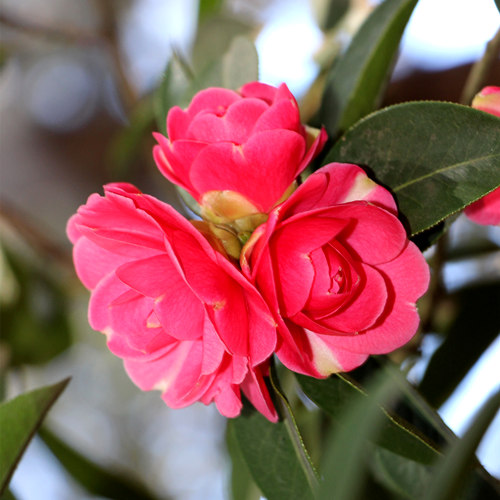
Jianshui Confucian Temple
Jianshui Confucian Temple is a state-protective relic. With a size of 7.6 hectares, it is one of the very few large-scale Confucian temples in China which are well-preserved. It is ranked number two largest Confucian temple in China, only next to Qufu Confucian Temple in Shandong province. This temple was originally built in 1285 in the Yuan Dynasty. In its history of over 700 years, it has experienced more than 50 times renovation and expansions.
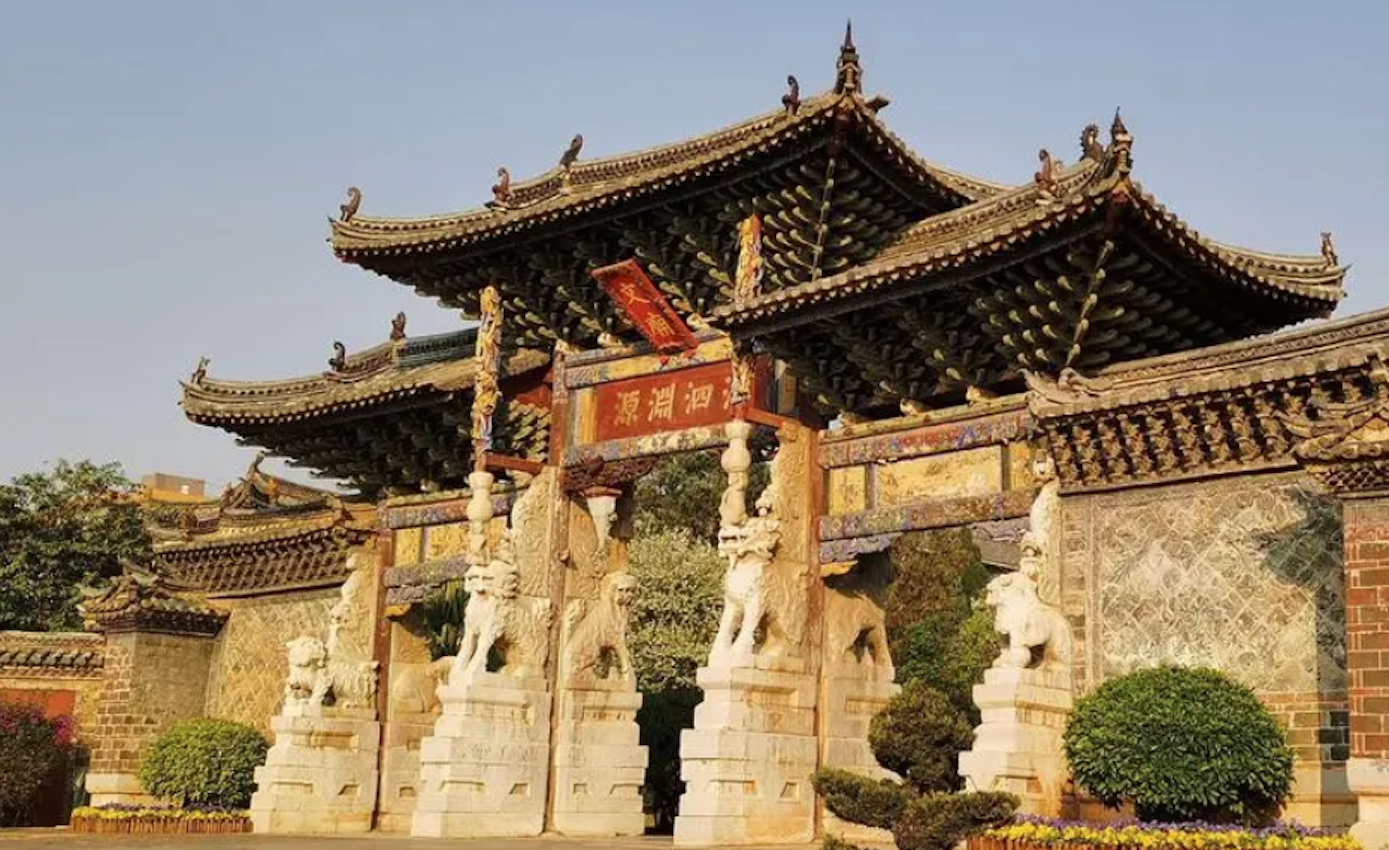
The construction of the Jianshui Confucian Temple is with a consultation to Qufu Confucian Temple in Shandong province. The distance from the north to the south is 625 meters. In a style typical of Chinese palaces, its layout is symmetrical on the south to the north-central axis, with several independent buildings arranged on both eastern and western sides.
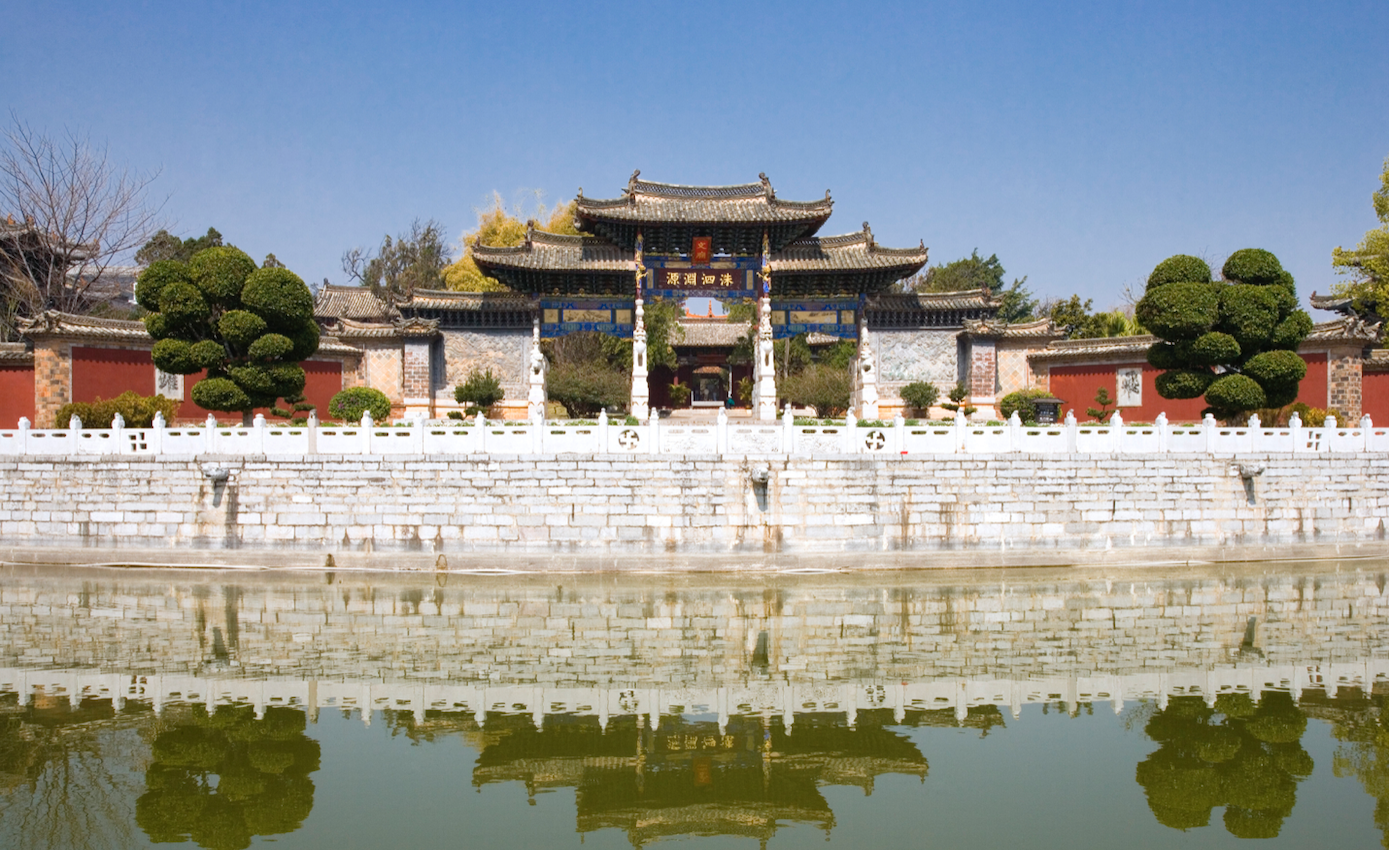
The main buildings in this temple include one pond the School Pond), one altar (Xintan Altar), two central halls Dacheng Hall and Chongsheng Hall), two wing rooms the Eastern and the Western Wing Room), three-tower pavilions Zunjing, Kuiwen, and Kuixing Pavilions )four gates Linxing Gate, Dacheng Gate, Jinshen Gate, and Yuzhen Gate), five pavilions Jingyi pavilion and so on), six memorial temples such as Cangsheng Memorial Temple and so on)and eight archways (Tai He Yuan Qi Archway and so on). Viewed as a whole, the temple is of significant arrangement and appearance.
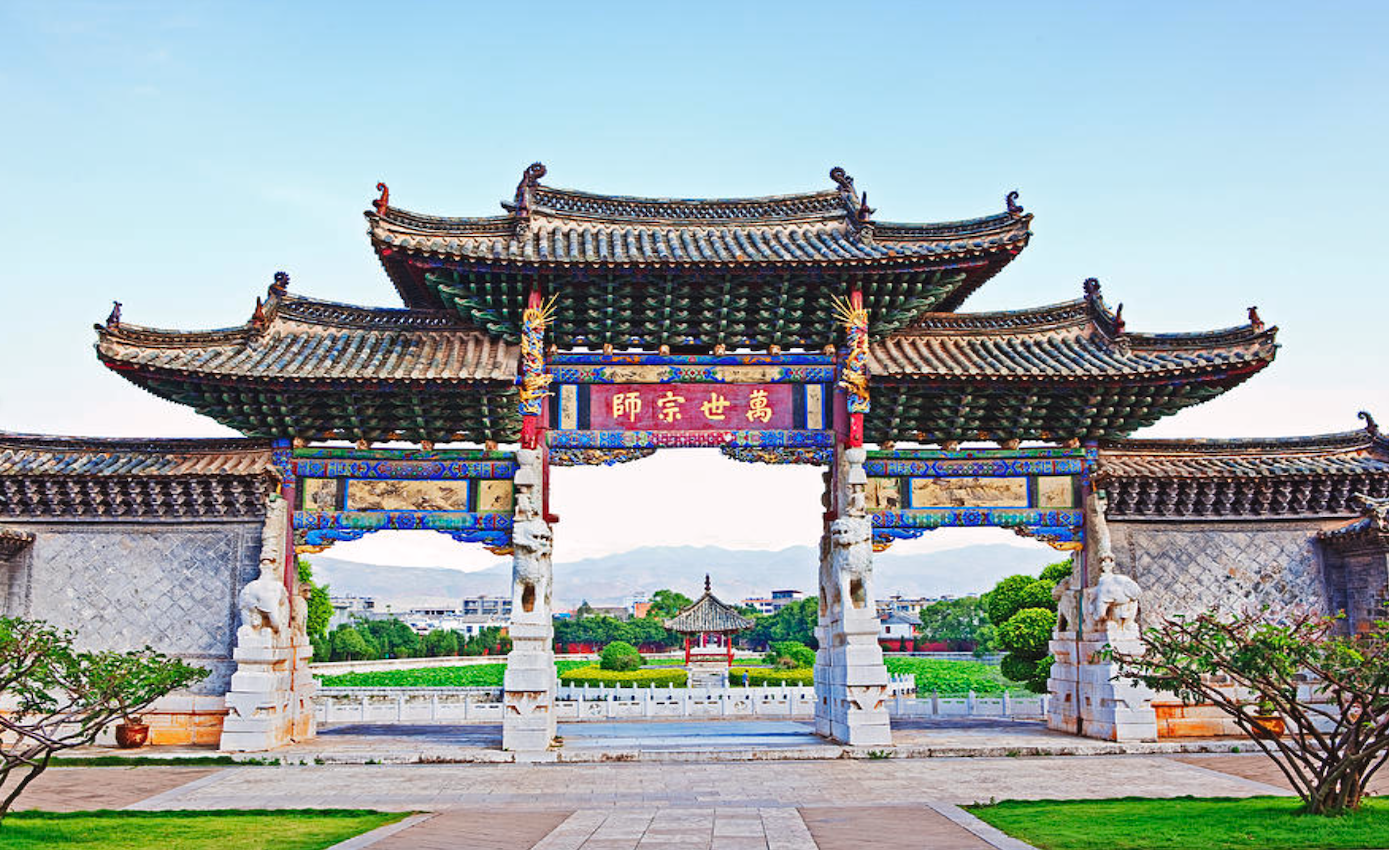
The gate of this temple, in the style of an archway, presents a strong sense of artistic work. The archway has carvings of six lively lions and two elephants holding beams, eaves, and the hanging column. Hence this archway is viewed as a good unity of mechanics and art. The four Chinese characters on the archways“Tai He Yuan Qi" means the great spirit of heaven and earth. It is an analogy to demonstrate the broadness and grandness of Confucianism. This also indicates that this temple is not only a place for people to pay homage to Confucius but also a place for the school.
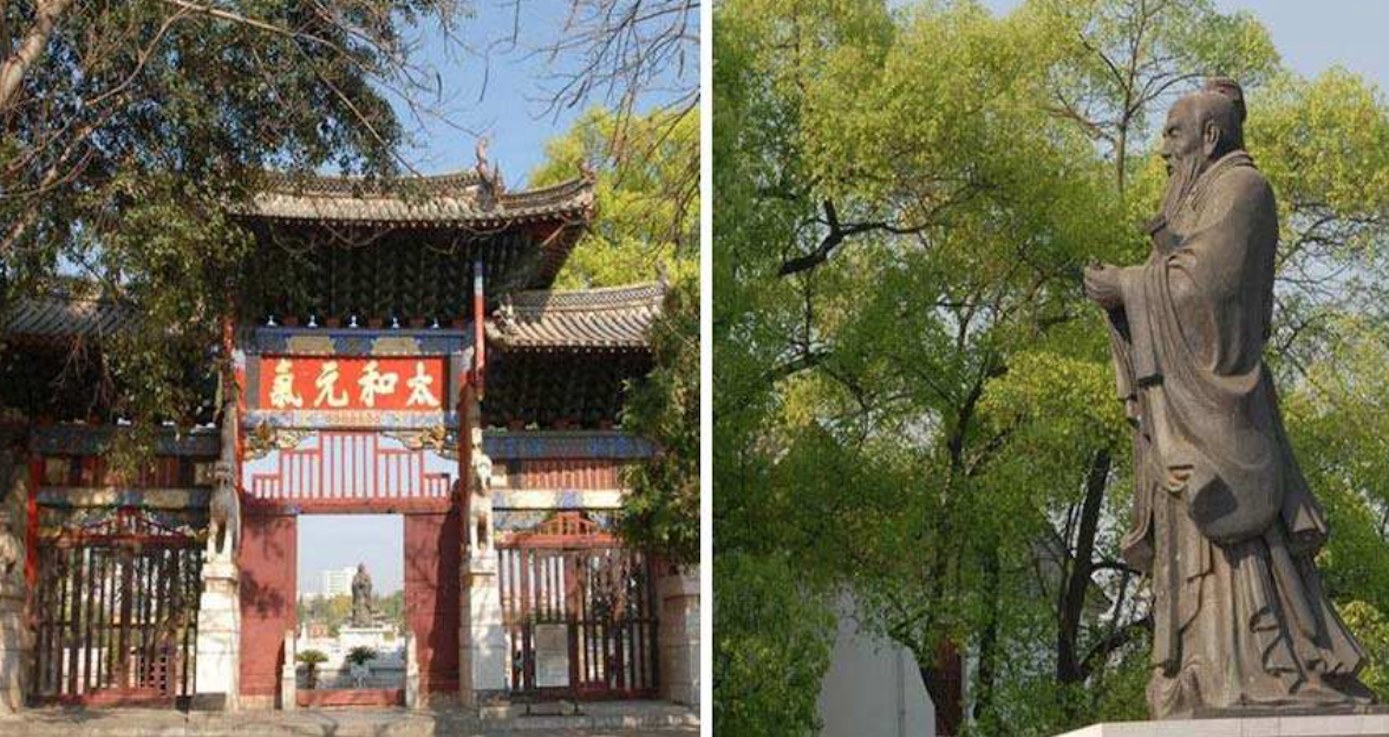
Once entering the gate, visitors can first see a huge bronze statue of Confucius. This statue was set up on December 3, 2000, with a donation from Dr. Tang Enjia from the Hong Kong Institute of Confucius Studies. Behind the bronze statue is the school pond, also called Xuehai, literally meaning sea of learning.
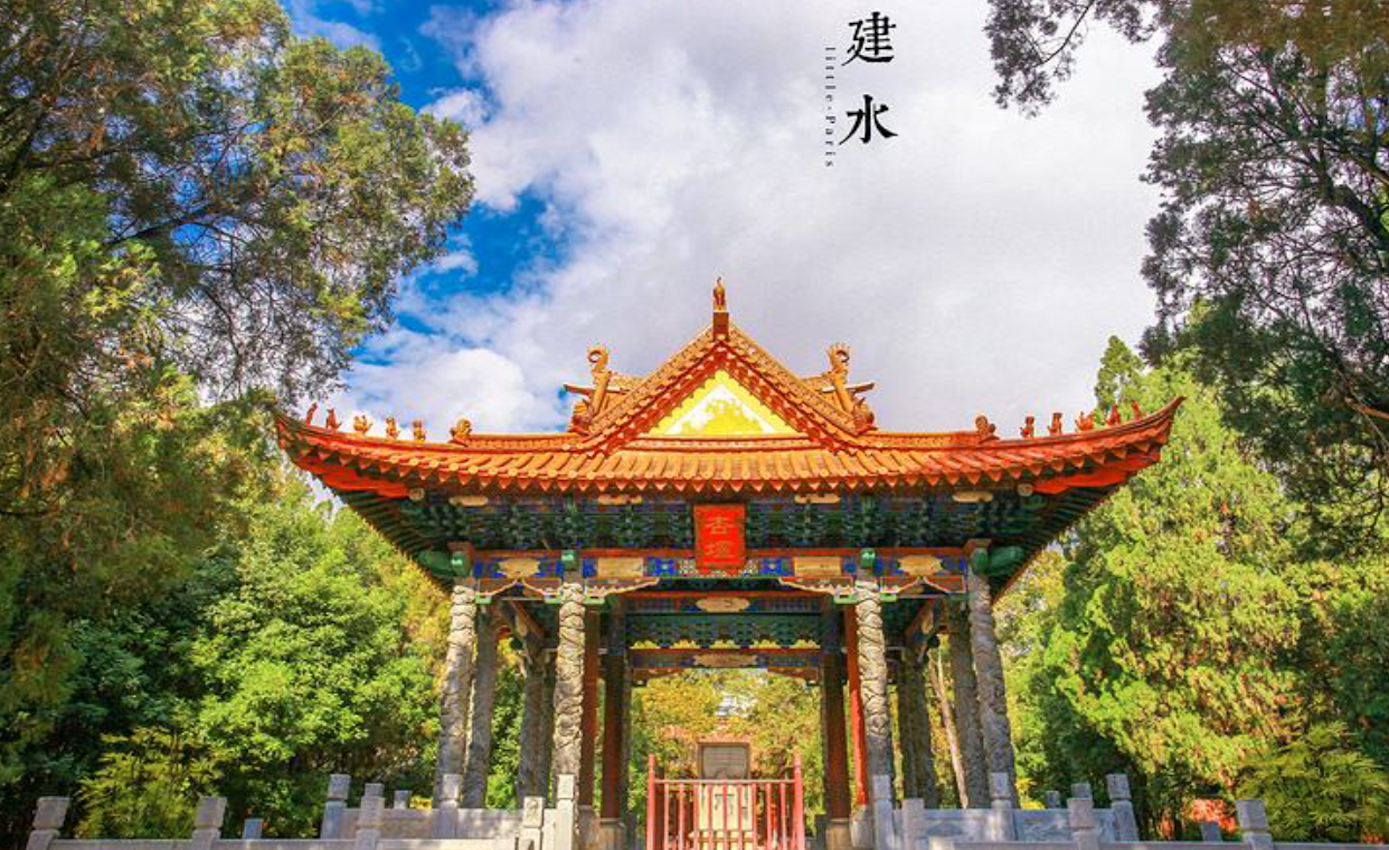
|
For many years, Jianshui Confucian Temple is regarded as a historical and valuable venue for the study of Confucianism, the history of the imperial exam system, and traditional Chinese architecture. It is a place worth visiting.
Photo Resource: Internet If there's any copyright issue involved, please contact us to delete. |



